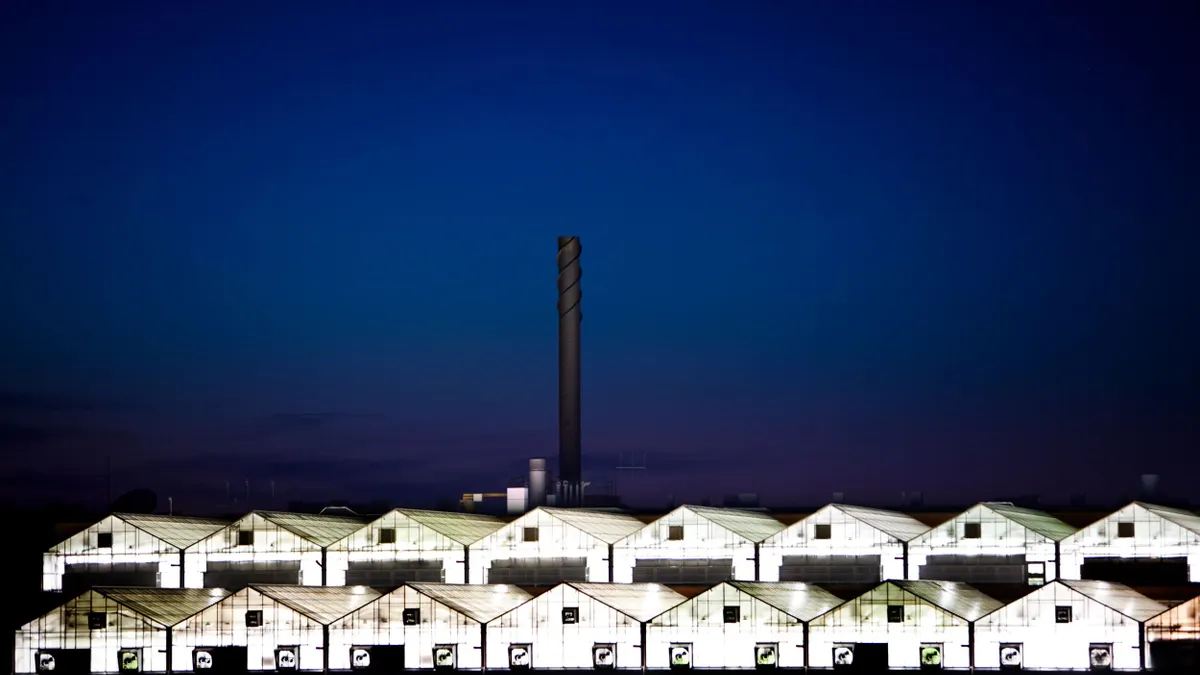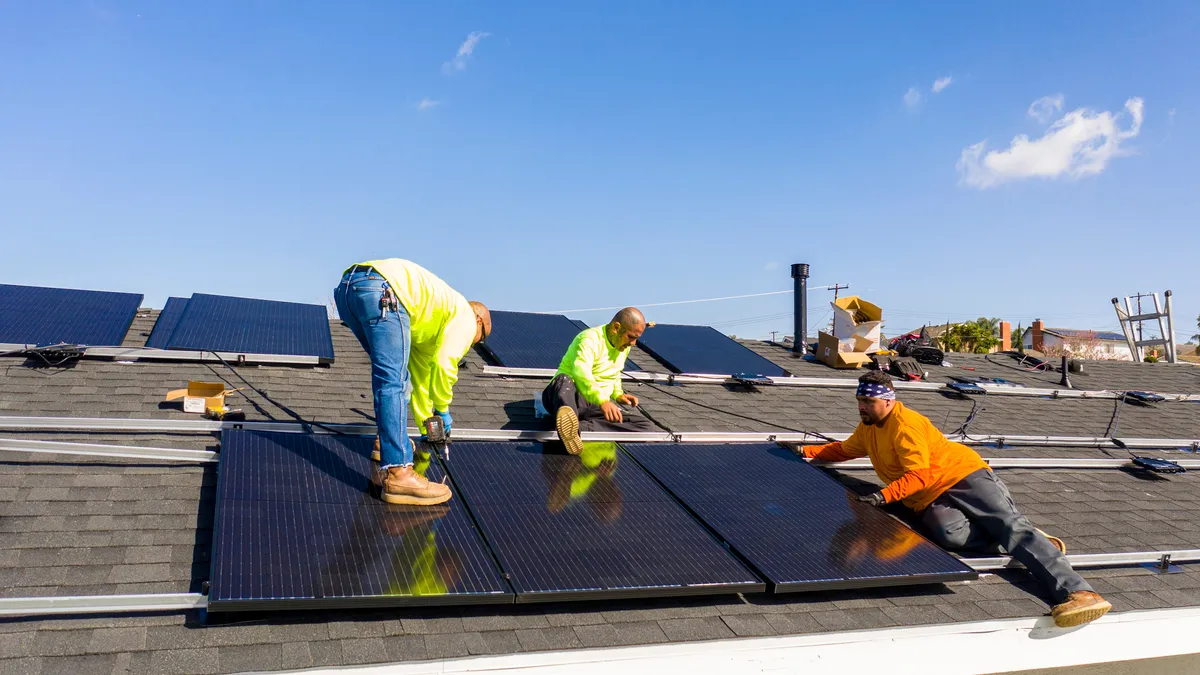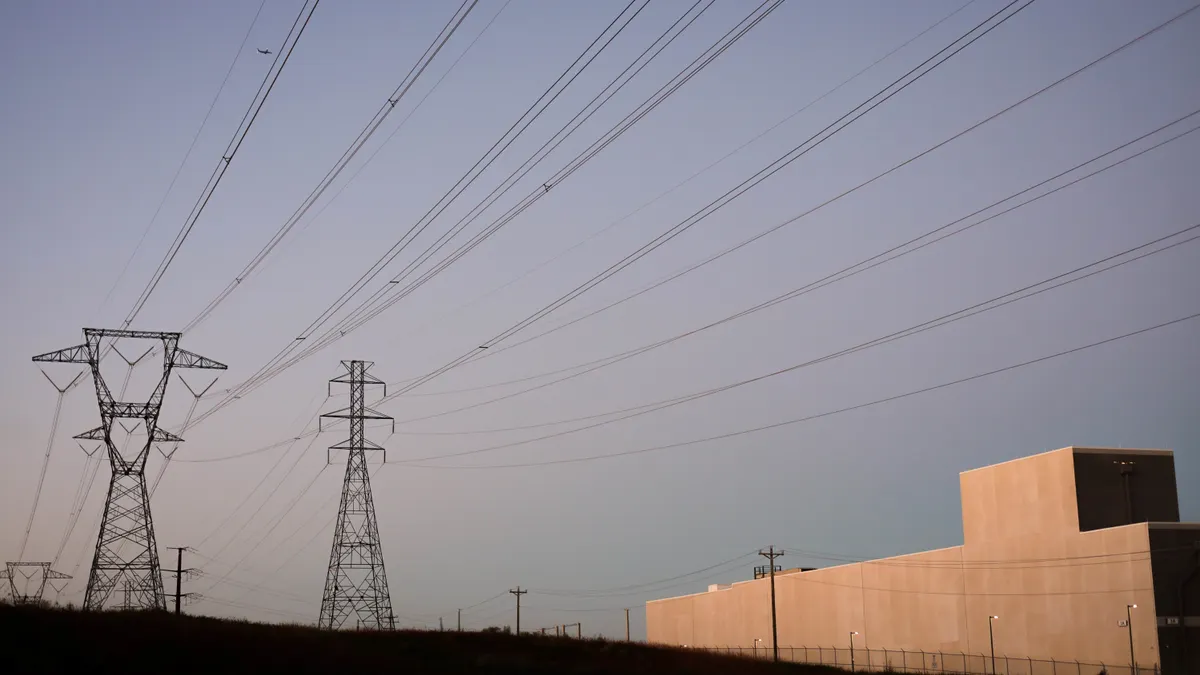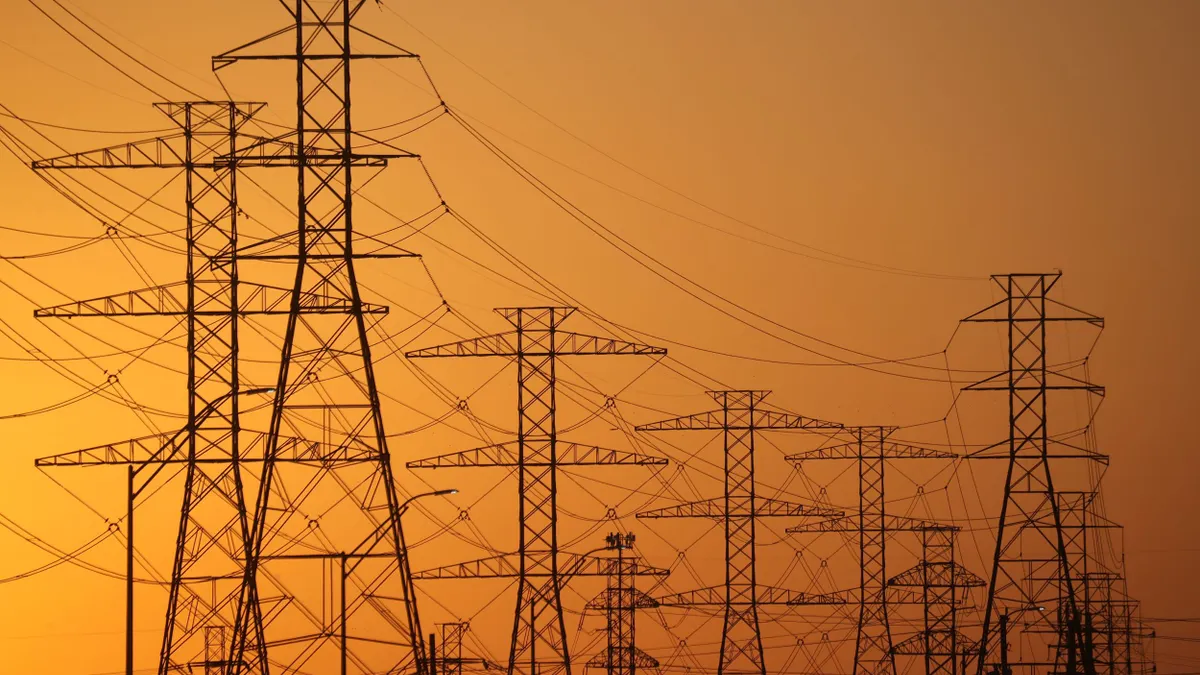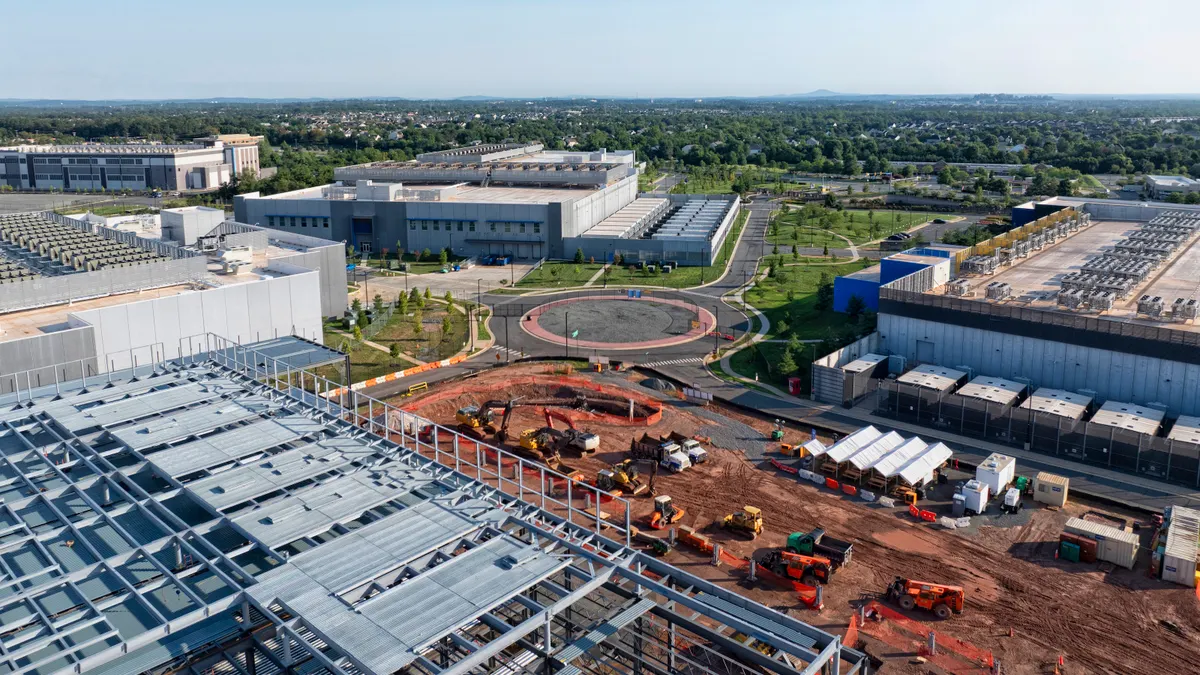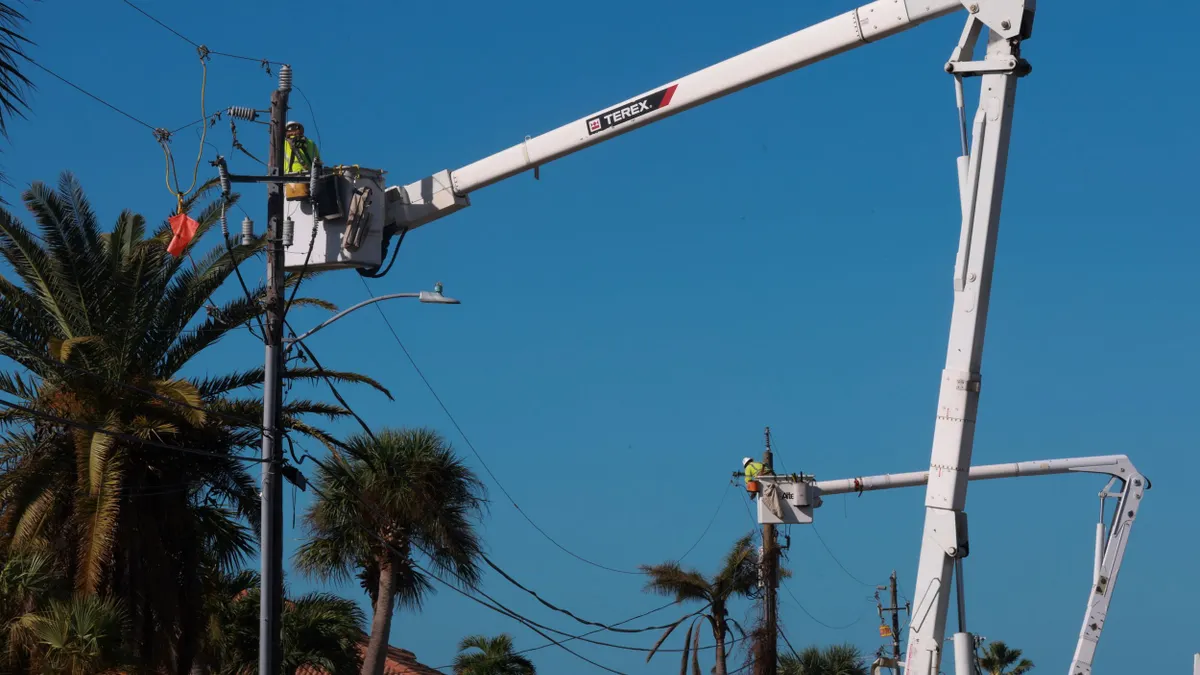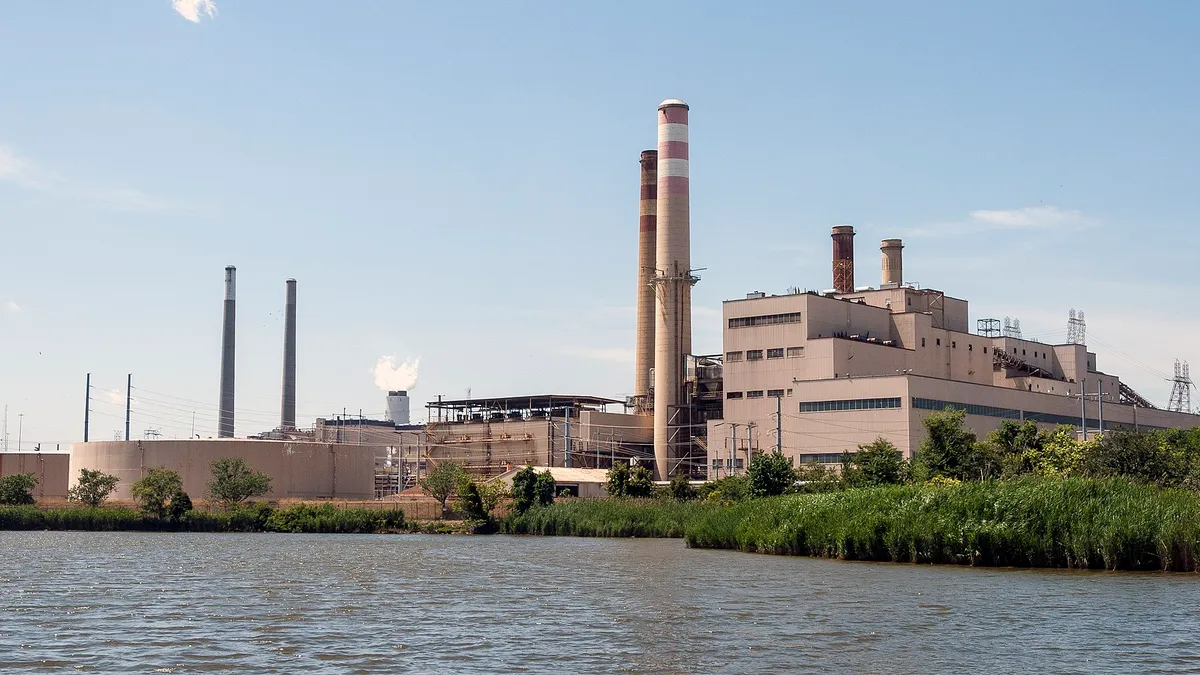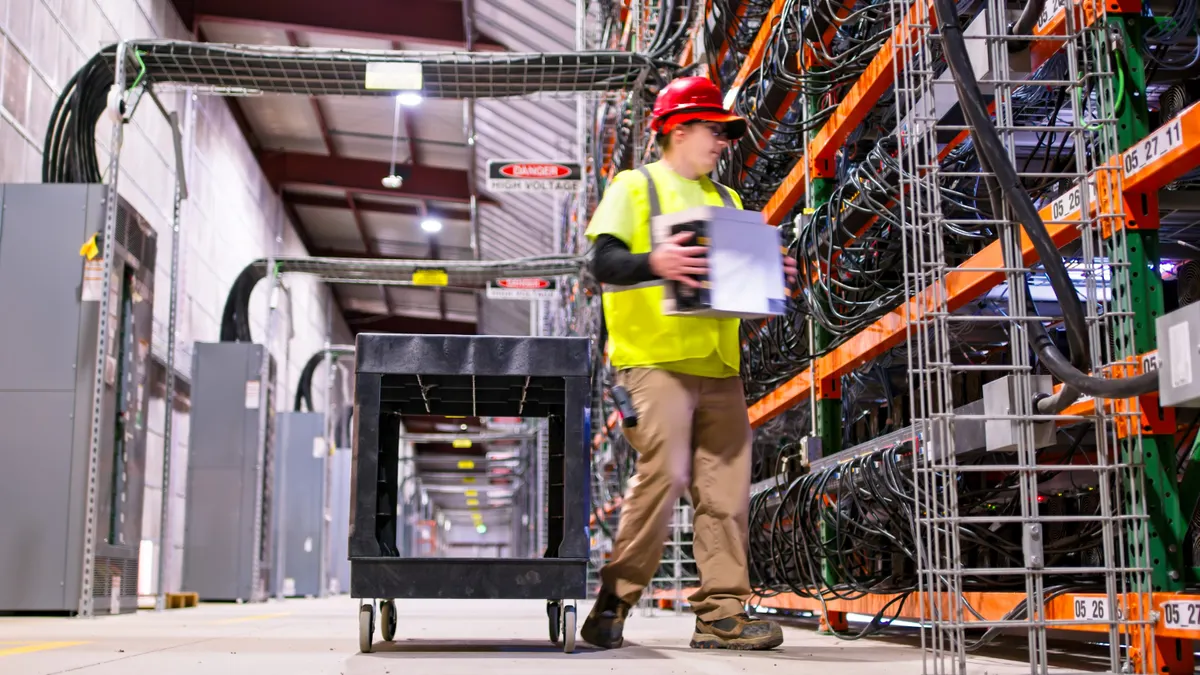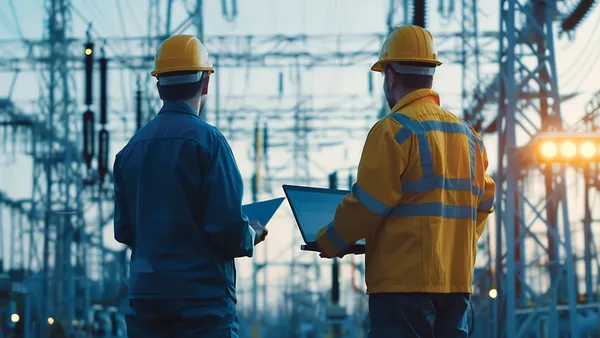Tim Ryan is a former 10-term Democratic member of Congress from Ohio. Shawn Cutter is a sixth-generation Ohio farmer and an entrepreneur in the energy and tech sectors.
This year, a wave of state laws is reshaping how America builds data centers. Ohio’s HB 15, effective in August, fast-tracks power build-out and microgrids for large loads. Texas’s SB 6, in effect since July, makes mega-load data centers responsible for interconnection costs and makes them curtail-ready when the grid is stressed. Massachusetts just approved incentives that grant long-term sales tax relief to major facilities, and Colorado is also moving toward rebates for certified projects tied to jobs and energy benchmarks.
It’s good news that states are thinking strategically about accelerating data center development. All this is essential for the advancement of artificial intelligence and for American competitiveness vis-à-vis China. But speed alone won’t solve the harder problems. States now need creativity to meet the moment with respect to data centers: concrete plans for where the power, water and grid capacity will come from, as well as how to create good jobs and benefit communities and the environment.
Analysts at the International Energy Agency recently projected that U.S. data center electricity use could more than double within five years. By 2030, these facilities may draw nearly 9% of America’s total power — putting pressure on grids and pushing up rates without major new investment.
The squeeze isn’t limited to electricity. By 2027, AI-related water consumption is forecast to equal more than half of the U.K.’s annual use. Researchers at the University of California, Riverside estimate a ChatGPT session of 5–50 prompts can consume up to 500ml of water. Google used 20% more water in 2022 than in 2021 as it scaled AI; Microsoft’s usage rose 34% in the same period. Communities are also pushing back on new data centers over noise, water draw and thin long-term job creation.
Against this backdrop, we should be thinking about how data centers can stack functions for sustainability, efficiency and community benefit. And state governments, along with the federal government and municipalities, should be thinking about how to maximize these kinds of benefits.
In the face of long permitting timelines and firm-power needs, many new campuses are adding “behind-the-meter” power plants. These kinds of data centers offer some unexpected possibilities with respect to sustainability and social impact. For example, imagine capturing server heat and CO2 and putting them to work fueling nearby industrial-scale greenhouses that produce fresh, high-quality food. Elevated CO2 in greenhouses accelerates photosynthesis and boosts yields; recovered heat keeps crops warm through winter. That means local tomatoes, lettuce and herbs in a Northeast or Midwest January powered by data center byproducts. Because these sites often land in less dense areas with ample space, they can supply rural food deserts, strengthening local economies.
When crops require less CO2 in summer, excess carbon can be converted into fuel like clean hydrogen. Emerging capture and electrolysis pathways can turn emissions into hydrogen for backup systems, fuel cells or even local fleets. Organic greenhouse waste can be composted or turned into biochar on site, improving soils, locking away carbon and feeding the next growing cycle. In short: Stack multiple sustainability functions and turn liabilities into assets.
Water is another overlooked opportunity. Vast, flat roofs — often 100,000 square feet or more — are perfect for rainwater harvesting. One inch of rain on 50,000 square feet yields over 30,000 gallons, meaning significant offsets for cooling and irrigation. Captured rain can feed cooling towers and greenhouses, cutting municipal draw. Leaders like Google and Microsoft are beginning to show what this can look like in practice.
On jobs, today’s critique is fair: A 250,000-square-foot facility may employ up to 1,500 people during construction but only around 50 full-time operators thereafter. Pairing data centers with greenhouse agriculture and carbon-utilization operations changes that equation by adding growers, controls technicians, energy operators, logistics staff and trainers. These integrated campuses can run apprenticeships and hands-on programs in data operations, energy management and controlled-environment agriculture, creating durable jobs and deeper community roots.
We’re entering the largest infrastructure build-out in a generation. The choices we make about emissions, water and local economies matter. We’ve risen to moments like this before: the Tennessee Valley Authority and Rural Electrification Act brought affordable power to every farmhouse. The Erie Canal and interstate system rewired commerce. Apollo turned slide-rule sketches into a moon landing in under a decade. Each looked audacious at the start. Each expanded what was possible.
AI infrastructure now calls for a leap of similar ambition. If we pair capacity with on-site microgrids, rain-harvesting roofs, carbon-fed greenhouses, hydrogen production, workforce academies and other innovations, we can scale AI without undermining communities or nature.
It’s not just states that are pushing ahead with policies to accelerate data center development. In late July, the Trump administration unveiled its AI Action Plan, proposing reduced environmental requirements and faster permitting to speed construction of data centers and supporting power infrastructure. The new AI Action Plan contains sensible elements. But any serious national strategy must grapple head-on with energy and water sustainability along with community resilience.
The “megabill” passed this summer surprisingly retained one important environmental provision from the Biden Administration’s 2022 Inflation Reduction Act: the 45Q tax credit, which provides incentives to companies capturing and storing carbon. Given the bipartisan support for carbon capture, we should be thinking about policies to enable data centers to bring these technologies to scale. While it’s important to emphasize speed, we need to think seriously, and realistically, about sustainability.
The AI build-out can be a win for society — if we design it to give back.


